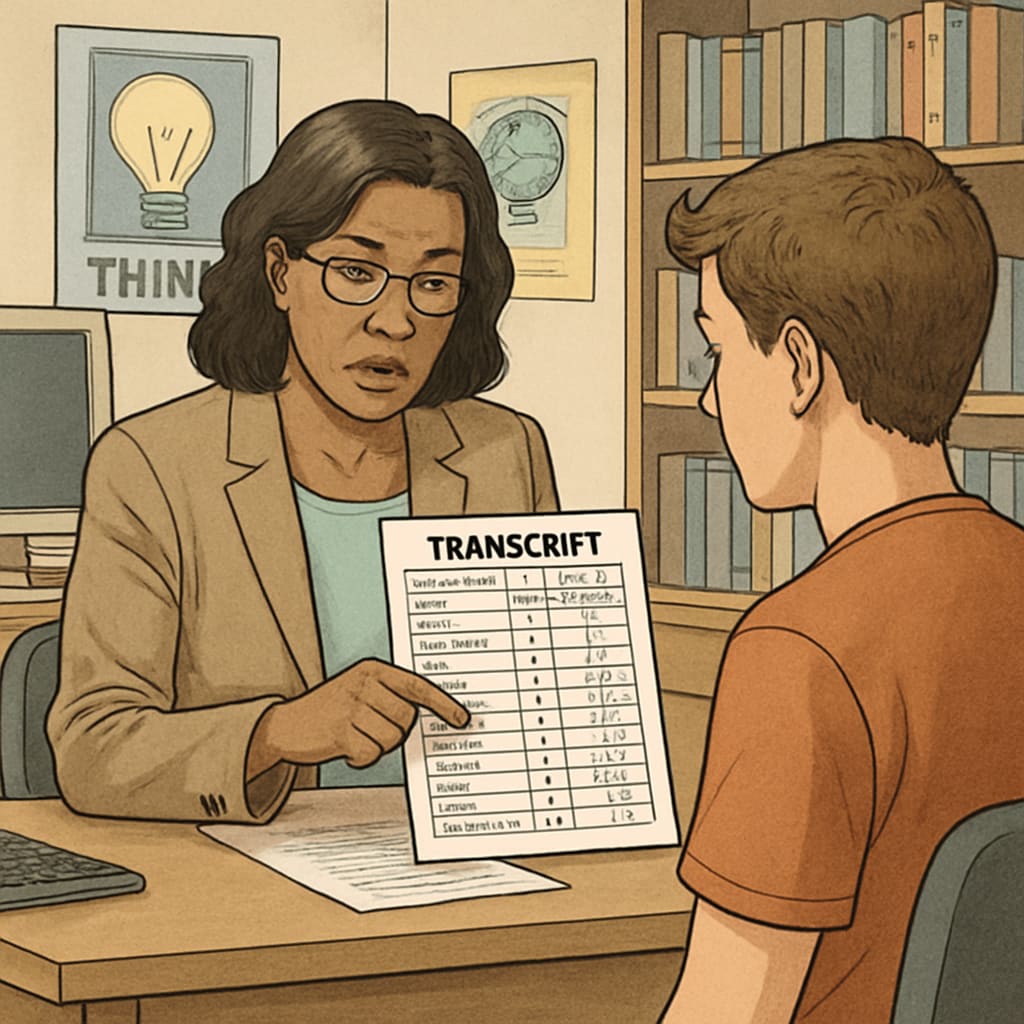Falling behind on high school credits can be a daunting challenge. Whether caused by family issues, health problems, or other unforeseen circumstances, severe credit deficiencies can put a student’s path to graduation at risk. However, with careful planning and the right resources, it’s possible to recover from this situation and graduate on time. This guide provides practical solutions for addressing high school credit deficiencies, including credit evaluation, alternative learning methods, resource integration, and mental health support.
Step 1: Conduct a Thorough Credit Evaluation
The first step in tackling high school credit deficiency is understanding the extent of the problem. Meet with your school counselor to request a detailed transcript review. This will help identify how many credits are missing and which specific courses need to be completed. Schools often have different graduation requirements, so knowing the exact criteria for your institution is critical. Additionally, inquire about any state-specific guidelines, as some states may offer alternative pathways to fulfill graduation requirements.

Step 2: Explore Alternative Credit Recovery Options
Once you’ve identified the missing credits, explore various methods to recover them. Here are several options:
- Summer School: Many schools offer condensed summer courses that allow students to earn credits quickly.
- Online Learning Platforms: Websites like edX and Khan Academy can provide supplementary resources or accredited courses to help make up lost ground.
- Credit Recovery Programs: Some schools provide after-school or weekend programs specifically designed to help students recover credits.
- Community College Enrollment: Certain high school students may be eligible to take college-level courses that count toward both high school and college credits.
These options provide flexibility, allowing students to balance their existing workload while completing additional courses.

Step 3: Organize Your Time and Resources
Effective time management is essential when attempting to recover lost credits. Create a detailed schedule that includes regular study sessions, deadlines for assignments, and time for personal well-being. Utilize tools like planners or mobile apps to track progress and stay organized.
Additionally, consider reaching out to teachers and peers for support. Teachers may offer extra tutoring or provide insights into how to succeed in their classes. Peer study groups can also help reinforce learning while building accountability.
Step 4: Focus on Mental Health and Emotional Resilience
Recovering from high school credit deficiencies can be overwhelming, especially when combined with personal challenges. It’s essential to prioritize mental health throughout this process. If your school offers counseling services, take advantage of them. Alternatively, seek support from trusted adults, friends, or professional therapists.
Building emotional resilience is key to staying motivated. Celebrate small victories along the way, such as completing a course or acing an assignment. Remember, setbacks are a normal part of the recovery process. With persistence and a positive mindset, you can overcome obstacles and reach your goals.
Final Thoughts: A Path Forward
High school credit deficiency is a serious issue, but it’s not insurmountable. By taking proactive steps—such as evaluating your situation, exploring alternative learning paths, organizing your time effectively, and prioritizing mental health—you can regain control and stay on track for graduation. The key is to remain focused, seek support when needed, and take advantage of every available resource.
Remember, thousands of students face similar challenges each year and successfully overcome them. With determination and the right strategy, you can do the same.
Readability guidance: Use concise paragraphs, bulleted lists for clarity, and incorporate transition words like “however,” “therefore,” and “for example.” Focus on actionable advice while maintaining an encouraging tone.


